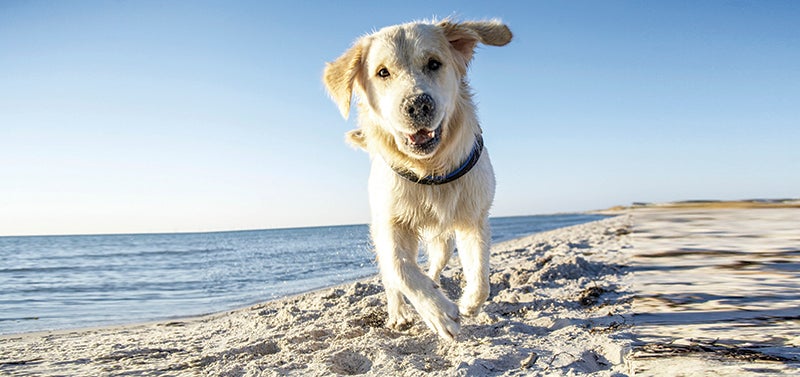Guest Column: The dreaded “C” word
Published 4:59 pm Monday, July 16, 2018
Guest Column by Michelle Nelson
Michelle Nelson is the owner of The Pet Authority in Albert Lea.
Did you know that more than one in two dogs and one in three cats will be diagnosed with cancer in their lifetime? Dogs have the highest rate of cancer of any animal on the planet. They are four times more likely to get breast cancer, eight times more likely to get bone cancer and 35 times more likely to get skin cancer than humans. Cancer is no longer just a disease, it has become an epidemic. Studies now show that only 10 percent of cancer is genetic — the other 90 percent results from lifestyle. So the real question is, “What do I have control over to minimize the adverse things my pet is exposed to every single day?”

Michelle Nelson
First, we need to understand that cancer is not the tumor, the tumor is just a response to the cancer within the body. Conventional treatments like surgery, chemo and radiation target the tumor and not the cancer itself, and then we just sit and wait. We wait for it to come back, whether it’s six weeks or six months. As a pet parent I don’t want to wait, I want to be proactive and do everything I can to minimize that 90 percent, by making important lifestyle changes for my pets. I refuse to let my pet be a statistic.
It all starts with our homes. Think about it, our dogs and cats are walking on our floors, running in our lawns and then they come in and lick their feet clean, ingesting toxic chemicals you are using. What are you using to clean your floors, fertilize your lawn or how about weed prevention (there is a 90 percent increase in the risk of cancer when using yard herbicides)?
Did you know that bleach is considered the most toxic household cleaner? Did you know that plug-in air fresheners use toxic chemicals that our indoor pets are exposed to day after day?
We live in an area where ticks, fleas and heart worm are a threat three-fourths of the year. Topical treatments for flea, tick and heart worm and all low-dose toxins when used repeatedly month after month, year after year, can have an adverse effect on your pet. There are many great natural products on the market that are very effective that can be used solely or even intermittently with other products to reduce the toxic load.
Over-vaccination — yes there is such a thing. I am a firm believer in vaccinating, but I don’t vaccinate my children every year for the same thing, so why would I my pets? Yearly vaccinations are against the national policy of the American Animal Hospital Association and the
American Veterinary Medical Association, so why are vets still recommending them yearly? For rabies vaccinations, the same dose is given to a 150-pound Saint Bernard that is given to a 5-pound Chihuahua. Crazy, right? I choose to opt for a titer test (blood test to measure anti-bodies) to see if revaccination is necessary.
What fuels cancer? Sugar. Did you know that the average dry kibble is 50 percent carbohydrates (sugar)? If you want the perfect cancer-growing diet, then feeding dry kibble is exactly what you will get. I know you want something that is easy, convenient and reasonably priced, so let me assure you that feeding a raw diet can be easy and convenient and it will cost a whole lot less in the long run than treating your pet if they get cancer, and you cannot put a price on the pain your pet will go through.
Are any of these things going to cause cancer after one use? Absolutely not, but it is the the chronic, low-dose exposure to these carcinogenic, cancer-promoting things that over time slowly compromise our pets’ immune systems and then BANG, one day you have cancer. The choice is yours, do you want to be proactive or reactive?






